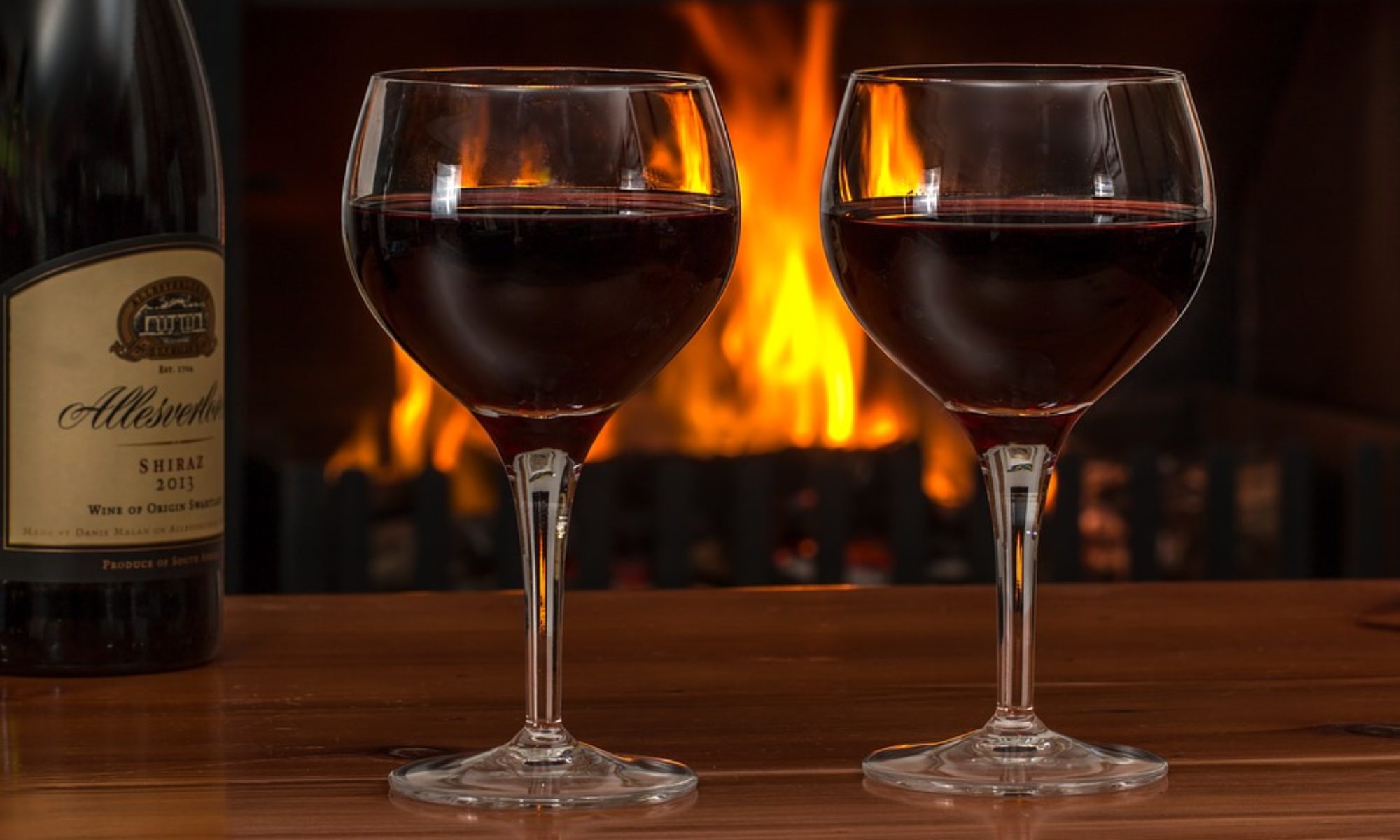The Total Wine System Is A Complete Step-by-step System With 3 Ebooks & 1 Audio Book. Everything From Grape Growing To Harvesting Grapes To Making Your Own Homemade Wine. Our Free 10 Part Mini E-course Will Show You How-to Create Your Own Homemade Wine!
Here’s just a taste of what you’ll discover…
A complete guide to selecting the perfect location for and setting up your vineyard.
The 4 factors you MUST consider before you plant your grapes.
The types of grapes you plant determine the type of wine you’ll eventually have. Learn how to determine which grapes are best for you!
Learn the single most important factor that determines the quality of your wine grapes and how to preserve it!
The importance of three climate factors in growing grapes.
The more than 40 types of grapes that are suitable for wine making.
The 5 essential aspects of ensuring healthy, vibrant grapes (and in turn delicious wine). Without these, your venture just can’t succeed.
An entire chapter devoted to vineyard care, starting with the first year of cultivation.
The 5 most efficient ways to control weeds in your vineyard.
A complete guide to disease and pest control practices for your vineyard.
Vital information on vineyard design and layout.
The 5 basic sure-fire steps to creating a perfect bottle of wine.
A list of all the necessary tools you’ll need for wine making.
A complete list of all the wine making ingredients you’ll need for the process.
An entire chapter devoted to harvesting grapes for the wine making process.
A crash course on the role acidity plays in the ultimate taste and success of your wine.
All about the process of alcoholic fermentation, including a guide to its two essential ingredients.
What malolcatic fermentation is and the effects it has on wine.
The importance of racking and what it ultimately means to the quality of your wine.
How oxygen affects the taste of your wine.
An entire chapter devoted to the two principle methods of producing white wines.
The variety of sweeteners you can use in your wine making process and those you can’t!
An entire chapter devoted solely to the creation of red wines from the picking of the grapes to the final process.
The two types of wine presses and which one is the better choice for you.
How to properly transfer pressed wine to your storage vessel and why “settling” is an essential part of the process.
025





